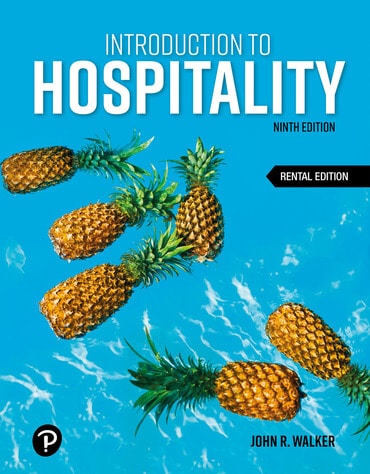45 minute session covering best practices our instructors have found for Pearson's Automotive Technology Series by Jim Halderman and Curt Ward, utilizing online courseware and instructor resources followed by Q&A.
Professional & Career
Practical skill-building solutions for trades & technology
Course-specific resources by discipline

MyLab
MyLab® empowers you to reach every student using content written by respected scholars across the curriculum to deliver the outcomes that students and instructors aspire to.

Pearson+
Empower students to choose how they learn best with easy-to-use eTextbooks and study tools, available in Pearson+.

Revel
Revel® empowers students to actively participate in learning with interactives embedded throughout the narrative that bring content to life, boost engagement and improve results.






Explore our professional & career course areas, including culinary & hospitality, paralegal, and automotive, trades & technology.
Join Carter Stanfield for a discussion on how computer simulation can be used to teach a logical approach in HVACR troubleshooting.







